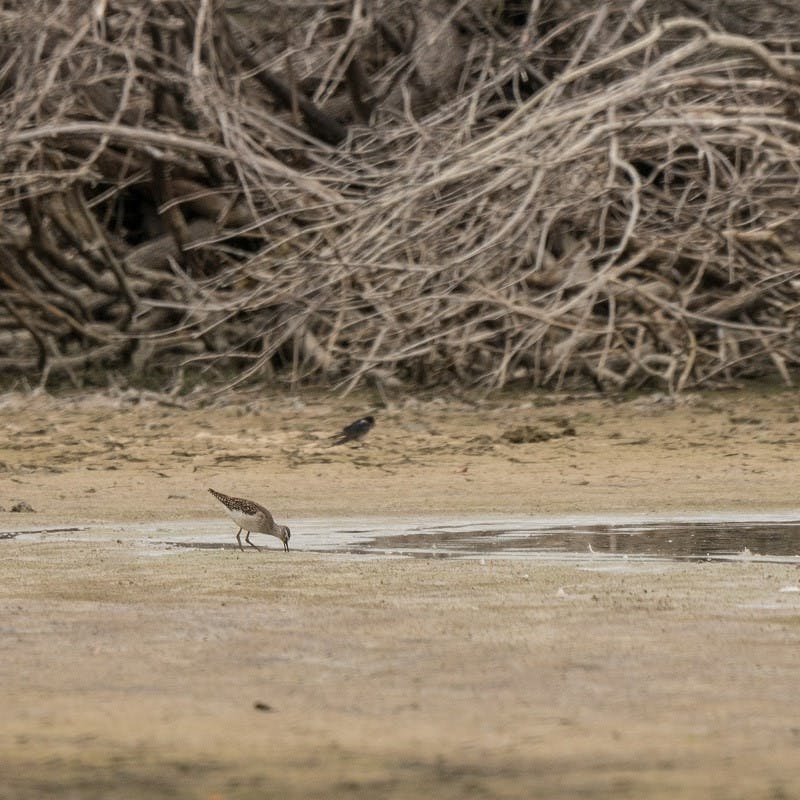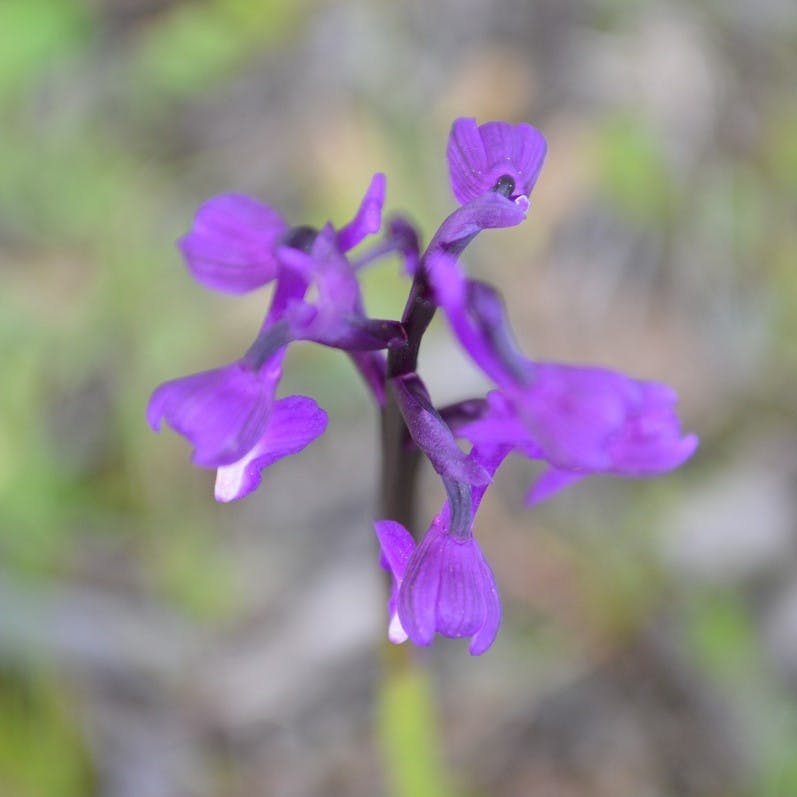- Management Plan
- Budget spent: £38,597
- Status: Post-Implementation Monitoring
Paul de Toirões is an important area for landscape connectivity in northwest Portugal where nature is recovering from years of mining. The 300-hectare property boasts one of the largest water surface areas in the Greater Côa Valley, consisting of lagoons, canals, and ponds. Its diverse range of environments are connected by seasonal flooding which supports a variety of wildlife and vegetation. In an area managed by our partners, Rewilding Portugal, this project presents an excellent opportunity to expand its habitats and establish a stronghold for wilderness in the region. Starting with our first intervention, we aim to enlarge and diversify the habitats through earthworks.
Project Timeline
November 2024
New interventions at the Blue Lake, where earth movements are carried out to soften margins and create an artificial island for waders.
May 2024
Spring aquatic plant surveys take place. Results published during the summer of 2024.
read moreTransforming a Former Mine
Since mining came to a halt over a decade ago at Paul de Toirões, the area has gradually evolved into numerous water environments including lakes, ponds and marshes. These habitats are now filled with aquatic and riparian vegetation, such as reeds and rushes, where tin, titanium and sand were once extracted.
Paul de Toirões is one of the key areas managed by Rewilding Portugal as part of their landscape-scale rewilding ambitions in the Greater Côa Valley and is within the wider Natura 2000 network of protected wild areas on the Iberian Peninsula. Being afforded the necessary space and time, Paul de Toirões is an example of how degraded land can be reclaimed and rebuilt by nature.
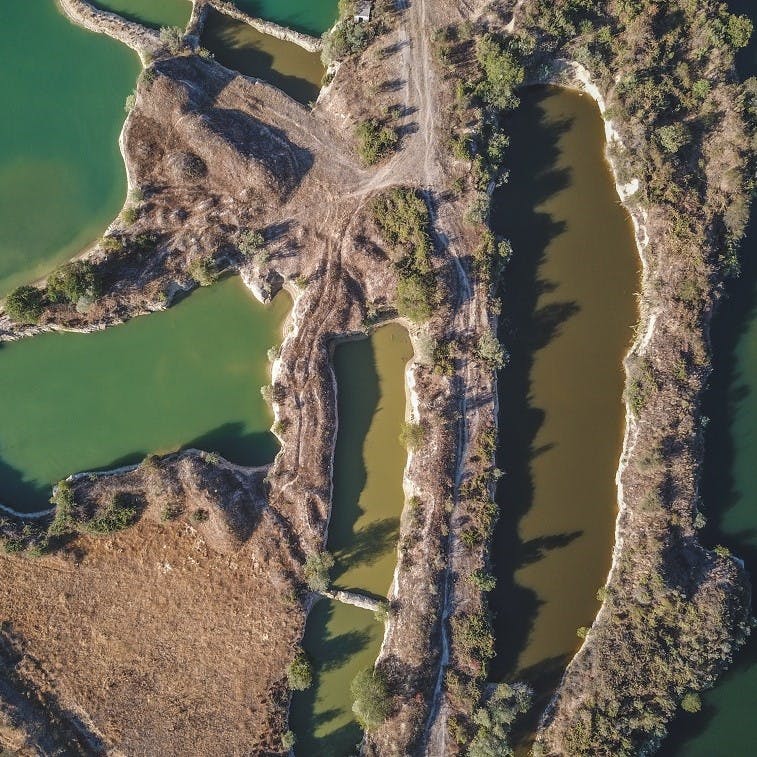
A Haven for Wildlife
Since the site was abandoned, it has already attracted a wonderful mix of wildlife such as the European pond turtle, marsh harrier and the black stork who feed and seek sanctuary there. It is a hot spot for birds in the region - 112 species of birds have been registered in Paul de Toirões to date. This includes resident species, summer visitors, like the black stork or the Eurasian hobby (a small, slim falcon), and species that use these habitats to rest and feed during migration, like spoonbills, wintering grey herons and many other important species. Without these habitats, the migratory birds would have no other similar resting grounds within a 100-mile radius.
Mammals, particularly bats, small mammals and otters as well as amphibians and reptiles stand to benefit from habitat restoration at Paul de Toirões too.
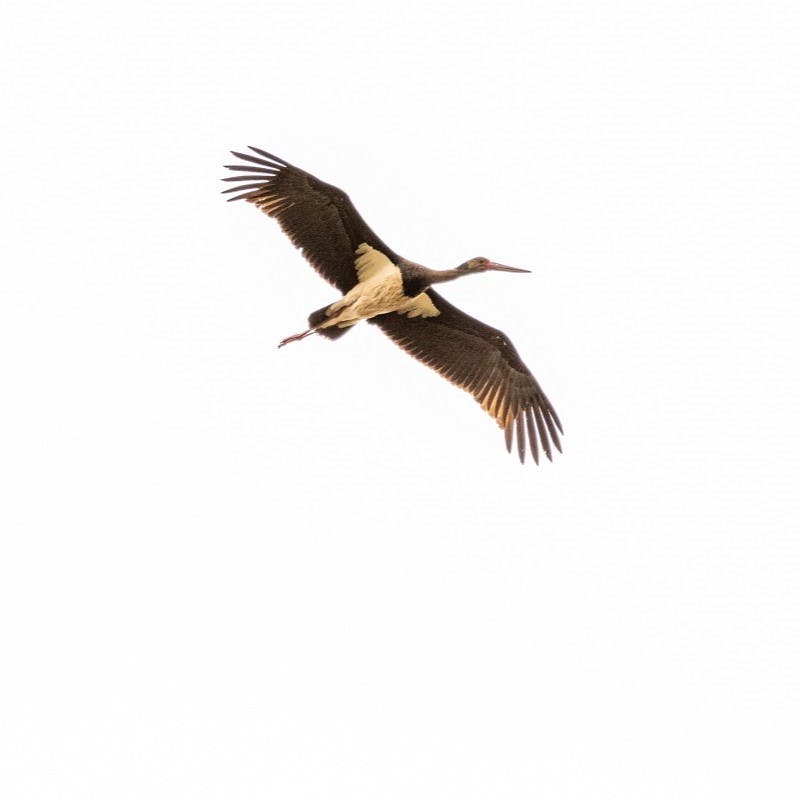
Below is a sample of the wildlife found in the area:
- Black stork: Least Concern (IUCN), Vulnerable (Nationally)
- Marsh harrier: Least Concern (IUCN), Vulnerable (Nationally)
- Common sandpiper: Least Concern (IUCN), Vulnerable (Nationally)
- Green sandpiper: Least Concern (IUCN), Near Threatened (Nationally)
- Common Reed-warbler: Least Concern (IUCN), Near Threatened (Nationally)
- Iberian ribbed newt: Near Threatened (IUCN), Least Concern (Nationally)
- Iberian midwife toad: Near Threatened (IUCN), Least Concern (Nationally)
- Iberian terrapin: Vulnerable (IUCN), Least Concern (Nationally)
- European pond turtle: Near Threatened (IUCN), Endangered (Nationally)
A Future Stronghold for Wilderness
The restoration of habitats at Paul de Toirões has the potential to secure a future refuge for a vibrant array of species, not only those that are found here now but others that may come to colonise the area as it evolves. With severe droughts predicted to become more common in the coming decades, it is all the more important for us to focus on wetlands of this nature, especially since they are so rare in the region. The site is also well suited to showcase the potential of rewilding principles, since we believe it has the potential to evolve into an amazing natural area if given a helping hand.
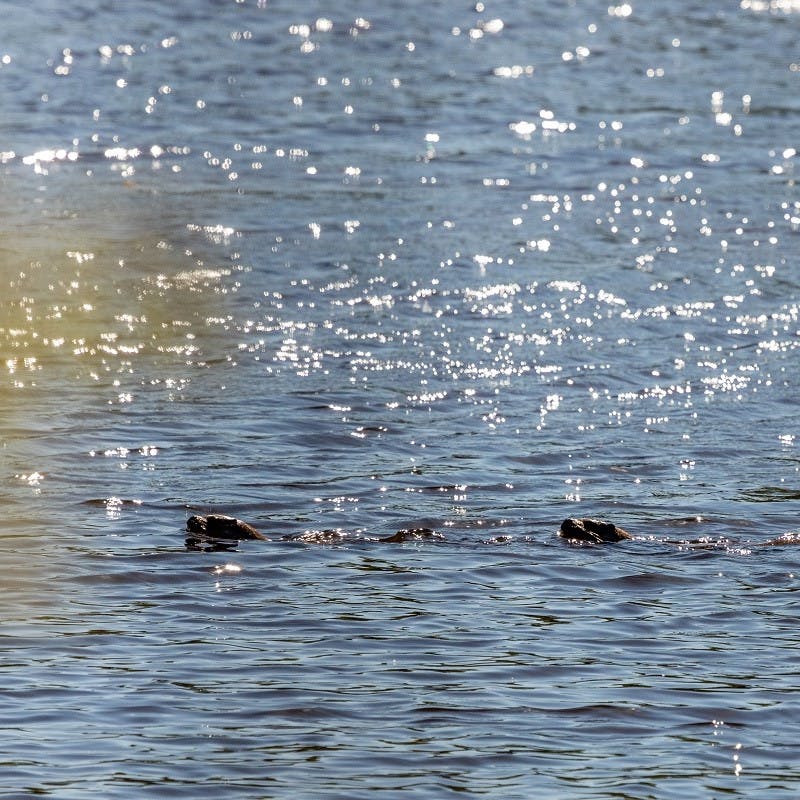
Our Project
We are partnering with Rewilding Portugal to enlarge and diversify the wetland habitats of Paul de Toirões by carrying out targeted earthworks to change the way water moves and accumulates in the landscape.
Earthworks
By smoothening the margins of some ponds, we will increase their area and also create a more gradual change in water depth and environmental conditions. In other cases, partially blocking the artificial water passages (made when the mine was active) will increase the area that gets flooded or create the conditions for Mediterranean temporary ponds to develop. These ponds, that dry out in the summer, are very special because some species have evolved to take advantage of their ephemeral nature. For example, for amphibians to lay their eggs in relative safety. In a few locations where it is feasible, we will build cascades to improve the oxygenation of the water and further increase the habitat complexity.
Financing
The main expenses for this project, which will be covered by the support of Mossy Earth members, are those associated with the machinery as well as the labour required to plan, carry out and monitor these interventions in the field.
Benefits to Biodiversity
The overall approach for this project is to make concrete interventions that will facilitate the natural recovery of the area and then to step back and let the ecosystem processes take their own course. Having said this, we expect the work to lead to a range of positive outcomes for biodiversity in the region including:
- An increased abundance of nesting and wintering birds.
- Boosting the populations of amphibians, reptiles, mollusks and arthropods in the lakes and ponds.
- Improving water retention and the ecosystem's ability to capture CO2, increasing landscape resilience to climate change.
See the video below for drone views of the one of the water bodies prior to and following earth works from October 2022 and April 2024.
Aquatic Plant Surveys
Amongst the diversity of aquatic habitats at Paúl de Toirões different freshwater plants will establish, for which it’s important to know where and what plant species are present. This is why aquatic plant surveys are being incorporated into this project's plan with the aim of registering and mapping the area's aquatic plants. This information will be used to aid further decisions to inform potential interventions like water management and introduction of species.
Two surveys are planned for autumn 2023 and spring 2024. See the results of the autumn 2023 survey here. For more details of the aquatic plant surveys, download the management plan.
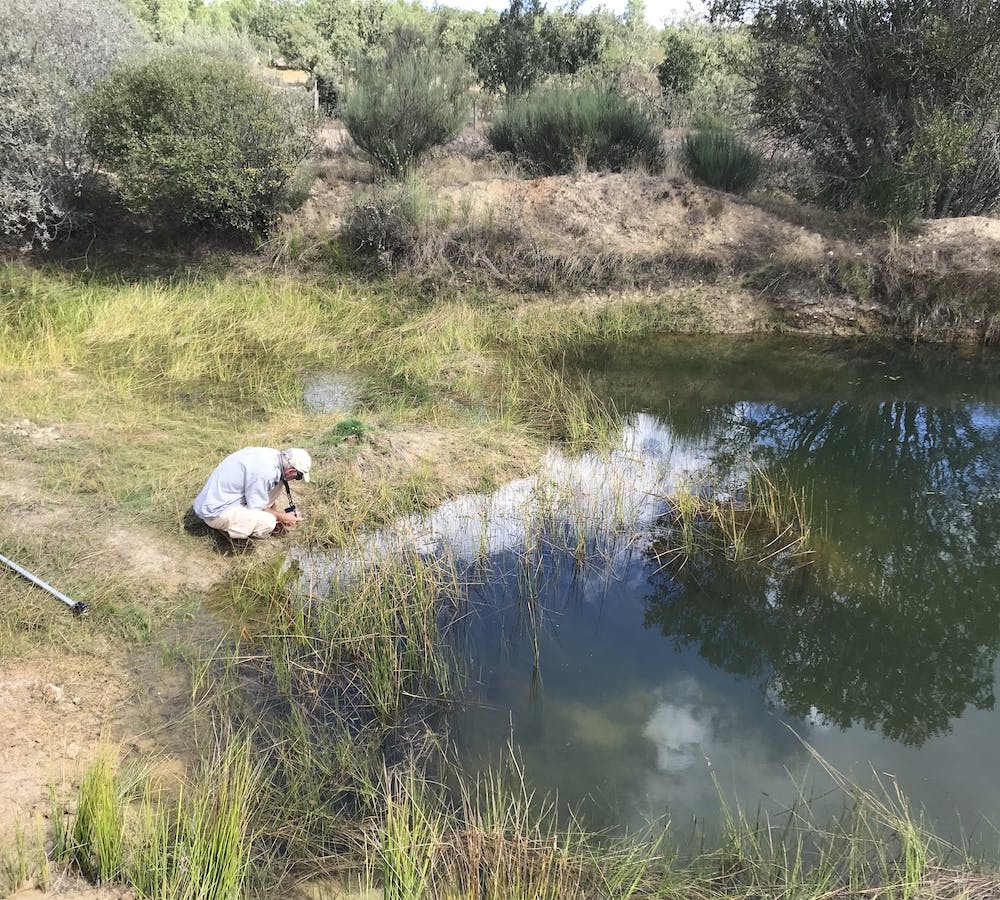
Interventions at the Blue Lake - Nov 2024
In our spring 2024 visit to the project site, we assessed the lake’s depth and ecology with a team of divers and a remotely operated vehicle (ROV). To our surprise, the lake was only 2.4 meters deep, rather than the presumed depth, and instead, we discovered an abundance of invasive Louisiana crayfish, which seems to have inhibited vegetation growth, adding to the need for additional interventions.
In a new round of earth movements, the lake’s banks were reshaped to encourage native plants like cattails and rushes to establish, which will provide habitats for birds, insects, amphibians, and other aquatic life, fostering a self-sustaining ecosystem that attracts species like the black stork.
An artificial island designed specifically for bird nesting, particularly for waders such as the little ringed plover, will also enhance bird diversity and breeding success, supporting the long-term health of the Blue Lake ecosystem. While smoothing over the final section of the lake’s margin, the water unexpectedly connected to the other side, forming an additional island! The willow trees on this bonus island should provide excellent shelter for bird species, giving them a safe space to raise their young away from predators
You can check out our management plan and watch this vlog to see these interventions.
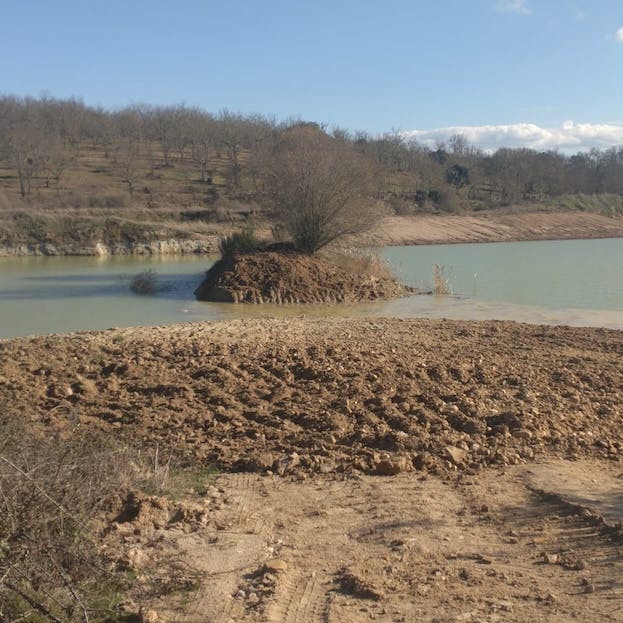
The Broader Context of Rewilding Efforts in the Area
The Scaling up Rewilding in the Greater Côa Valley project is being led by Rewilding Europe and focuses on the Greater Côa Valley. Partners are working to reinforce a 120,000-hectare wildlife corridor to improve connectivity in the landscape between the Malcata mountain range and the Douro Valley. This project will contribute directly towards achieving that goal and complements what is already being done with the support of a grant from the Endangered Landscape Programme and numerous local partners.
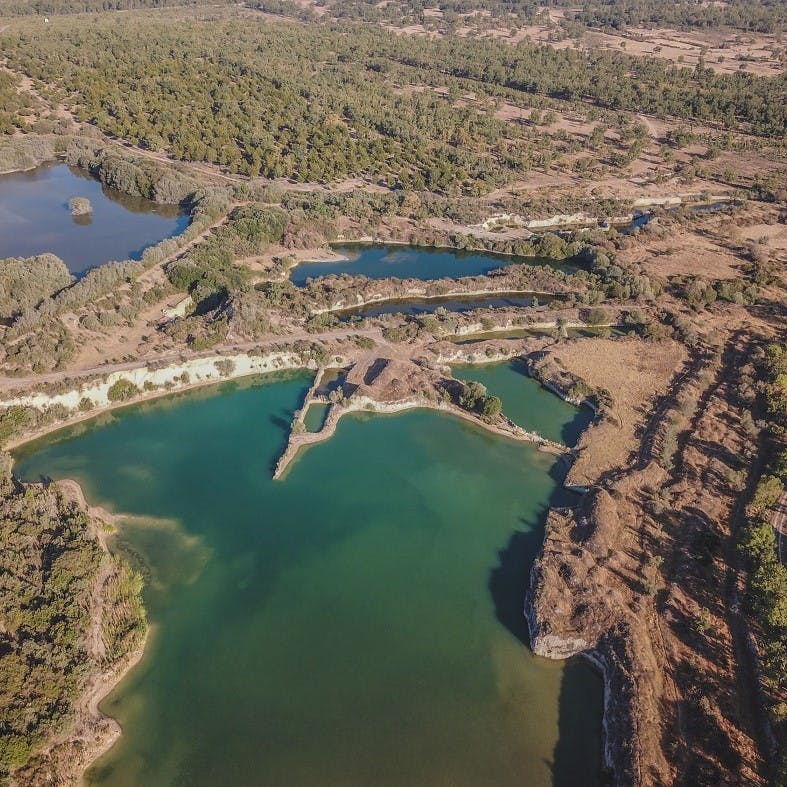

The Wonderful Wilderness of Paul de Toirões
Flora and fauna of the landscape, including the common sandpiper. Image credits in order of appearance - Agatha Rucin, Fernando Teixeira, Agatha Rucin & Blue Nomads
the team behind the project
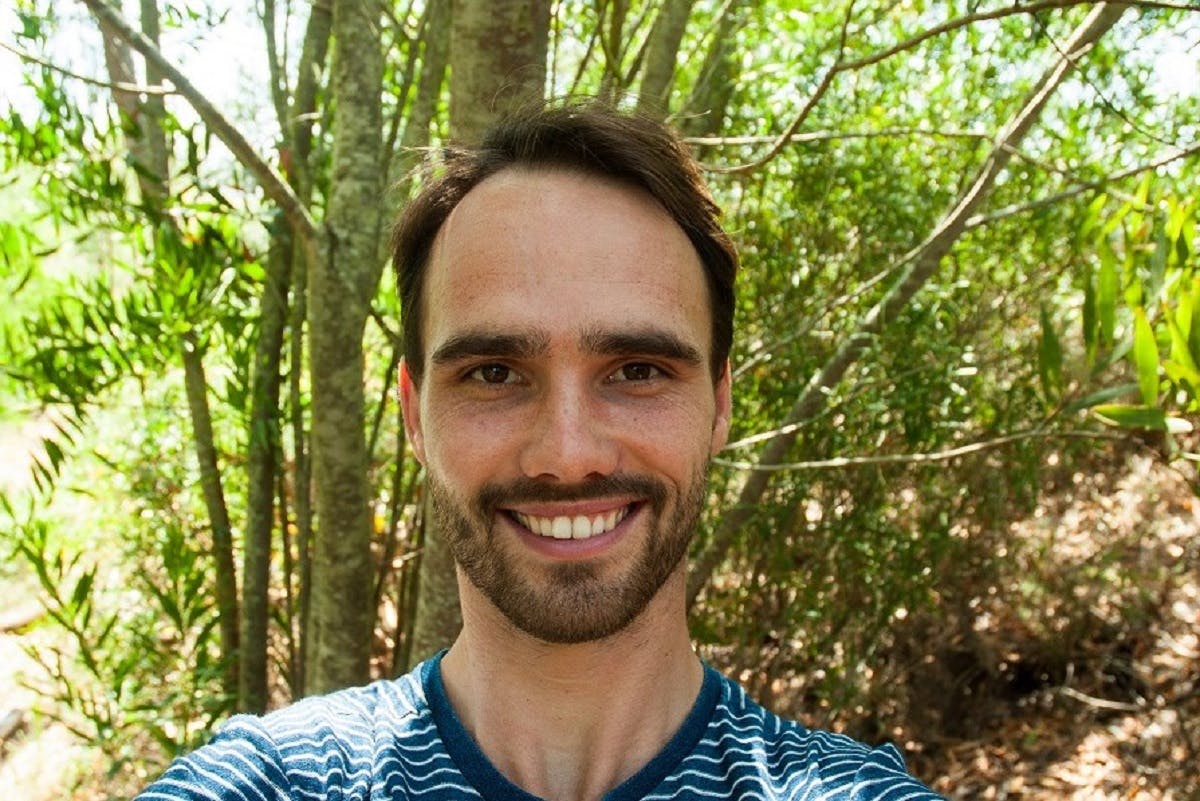
Tiago de Zoeten, Conservation Biologist, Mossy Earth
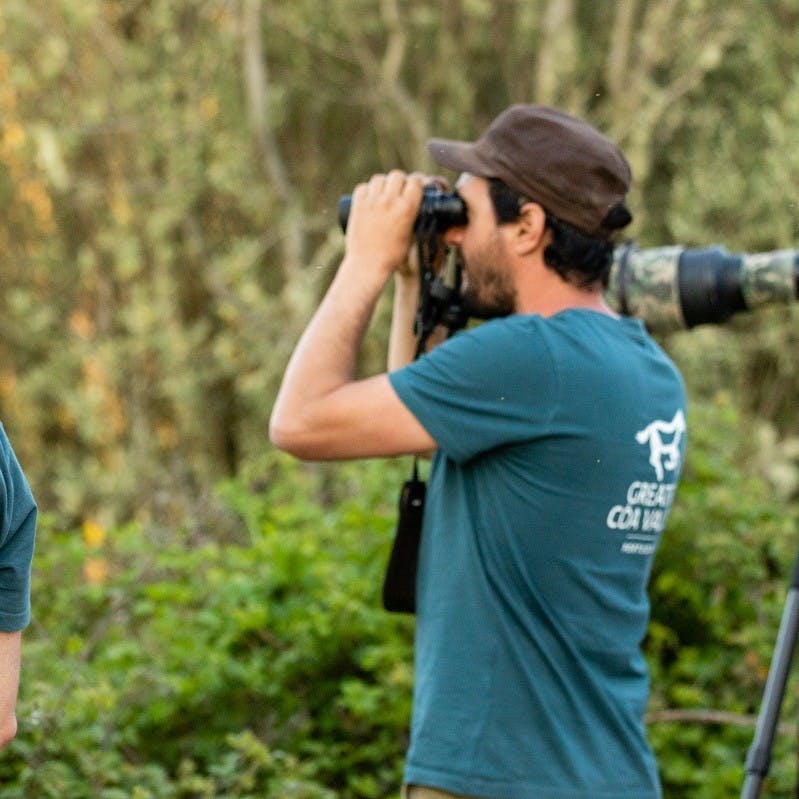
The Rewilding Portugal Team
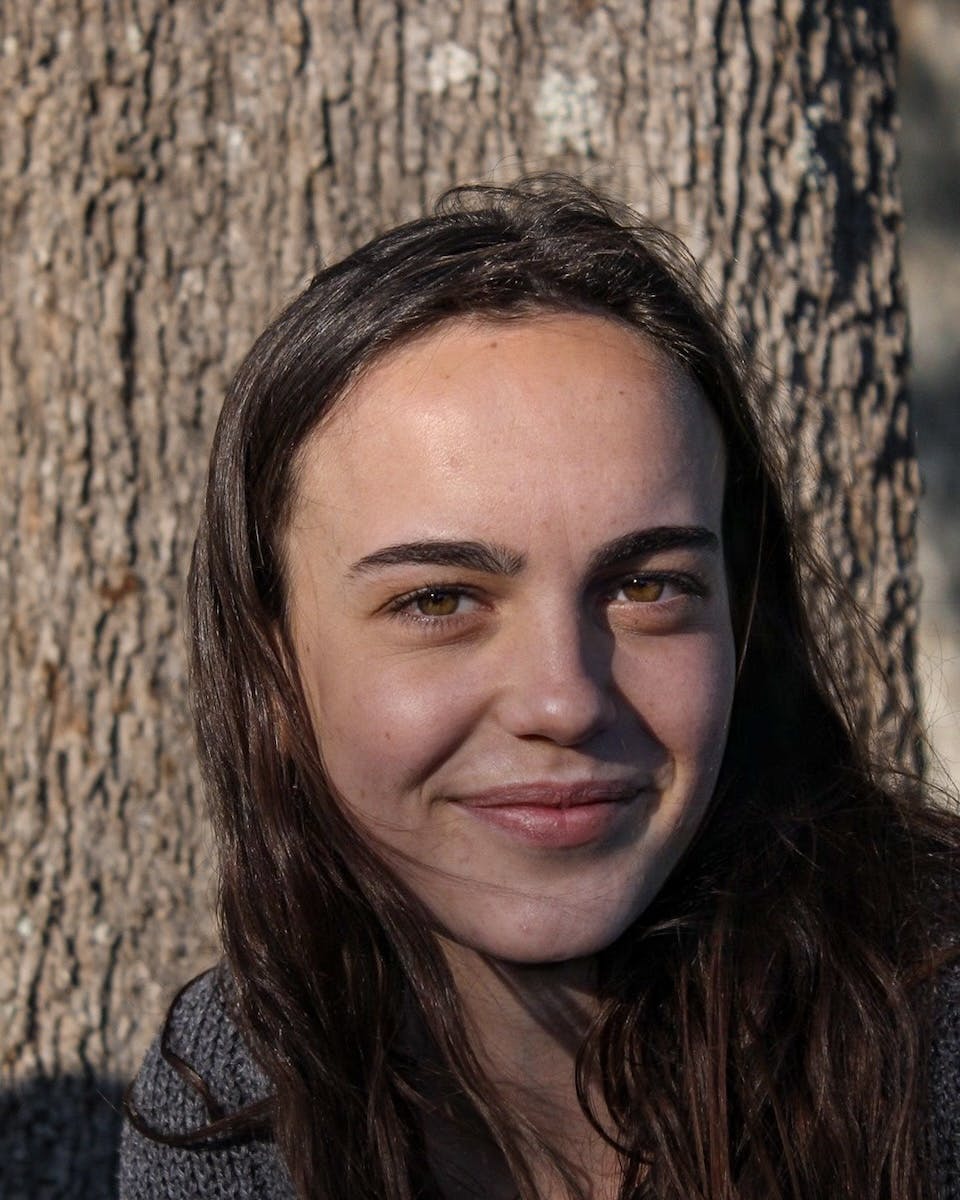
Flora Hentz, Partnership Project Coordinator, Mossy Earth

